There and Back Again – Rereading The Hobbit
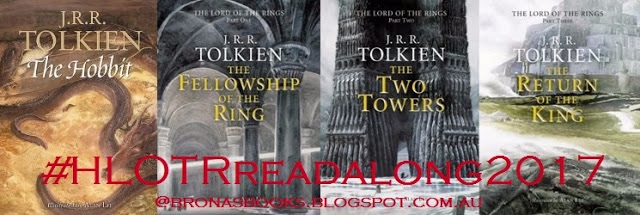
Today is the first day of Brona’s Hobbit/Lord of the Rings Readalong, and I’m happy to be rereading The Hobbit during the month of February. As I’ve written elsewhere, The Hobbit has been a part of my life since my early teens, and I’ve always enjoyed revisiting The Shire and accompanying Bilbo on his adventures. A wonderful gift of Providence has me rereading The Hobbit at the age of 50, precisely the age of Bilbo Baggins when his adventures begin.
Bringing a Walking Stick
Like many, I used to think of The Hobbit as merely a children’s book. However, after several rereadings, and with help from William Green’s The Hobbit: A Journey into Maturity, I have come to understand that (as with the character of Bilbo) there is much more to The Hobbit than meets the eye. I’ll be referring to Green’s book as I read through The Hobbit, and I’ll also occasionally share some of his insights as I write my own reflections. The most important thing Green suggests for those who want to more fully understand The Hobbit (or any of Tolkien’s fantasy) is to read Tolkien’s essay “On Fairy Stories,” especially becoming familiar with the terms “eucatastrophe” and “subcreation.” The essay itself is spoiler-free. However, once you start looking up “eucatastrophe” spoilers abound. It’s best, of course, to read the full essay, but its entry on Wikipedia has a decent summary. The entire essay can be found in the Tolkien collection, Tales from the Perilous Realm, but you may also be able to find a copy online somewhere. The importance of “On Fairy Stories” cannot be overstated. As Green observes,
Through his writing of The Hobbit as a children’s book and his first steps toward a sequel, Tolkien discovered a common ground where ancient storytelling rituals overlapped with popular fiction, a high hill from which a Christian medievalist passionately out of step with the secular mythology of his age could address an audience of millions. In his Andrew Lang lecture, “On Fairy Stories,” he formalized and reaffirmed that discovery, then turned back to the work for which he is most famous, remythologizing modern life in a subcreated world of hobbits.
The Hobbit: A Journey into Maturity, William Green, page 29
Choosing the Right Path
For this readalong I’ll be reading the first copy of the The Hobbit I ever owned. It’s a bright yellow Ballantine paperback with cover art by Darrell K. Sweet. I don’t really care for the artwork or the overall color, but this edition is special to me because it was my first introduction to Tolkien.
The front cover reveals several interesting bits of information. First, Tolkien’s name gets the biggest font, capitalizing on his popularity as a writer. The title is in a smaller font, and above it is the phrase, “The Enchanting Prelude to The Lord of the Rings,” probably to alert readers that The Hobbit has quite a different tone than the trilogy of books that followed. The upper right-hand corner of the cover declares this version to be “The Authorized Edition,” and across the bottom we’re told it’s “The Spellbinding Worldwide Bestseller–Over 7 Million Copies Sold!” (That was in the early 1980s. Today, The Hobbit has sold around 100 million copies, according to BBC News.) And the final bit of information from the cover, perhaps only of interest to me, is the price I paid for it: $2.50.
The back of the book describes itself as a Special Silver Jubilee Edition, which commemorates the 25th anniversary of the publication of The Return of the King, the last volume of The Lord of the Rings. This edition also reprints a 1973 introduction by renowned fantasy author Peter S. Beagle.
There and Back Again
As I begin this readalong, I am embracing the subtitle of The Hobbit: There and Back Again. At this time in my life I feel a fondness for revisiting what first sparked my interests when I was younger. Lately I’ve been rereading a lot of books I haven’t read in twenty or thirty years. One reason, I’m sure, is the nostalgia that has come with recently turning 50. Another reason, however, is the growing availability of older books for the Kindle. It’s also interesting to see how much I’ve changed (or not) over the years since the time I first read all these books.
While I have read The Hobbit many times over the years – at least ten or eleven – I haven’t read this particular edition in quite some time. What I hope to get out of this rereading is to capture the freshness, the enthusiasm, and the wonder that The Hobbit awakened in me the first time I read it. I suppose I’m a bit like Bilbo at the beginning of the story when Gandalf first knocked on his door:
“[he] never had any adventures or did anything unexpected: you could tell what a Baggins would say on any question without the bother of asking him. This is a story of how a Baggins had an adventure, and found himself doing and saying things altogether unexpected.”
I am ready for Gandalf to say to me, as he does to Bilbo,
“I will go so far as to send you on this adventure. Very amusing for me, very good for you–and profitable, too, very likely, if you ever get over it.”

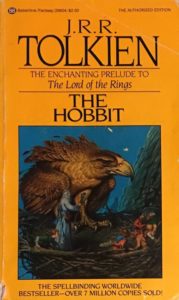



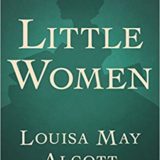

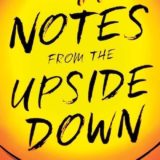
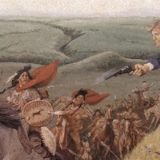





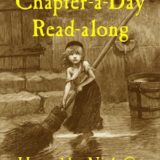
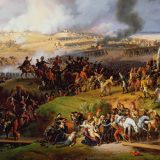
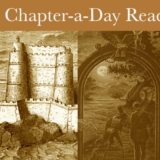


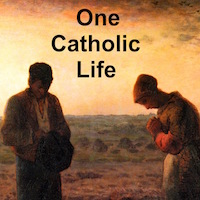
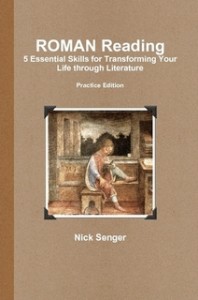

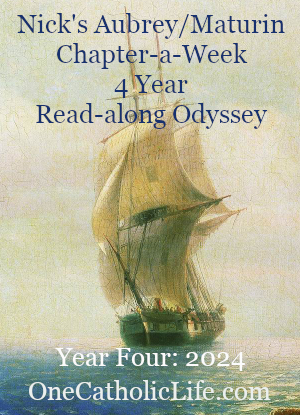
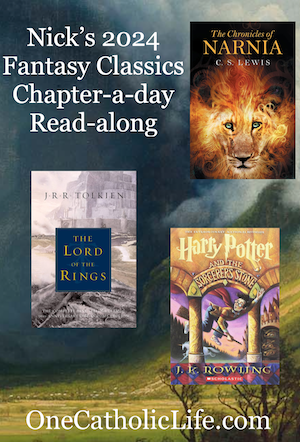

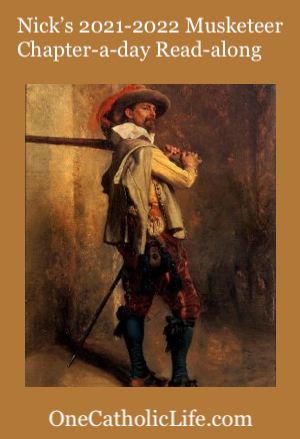
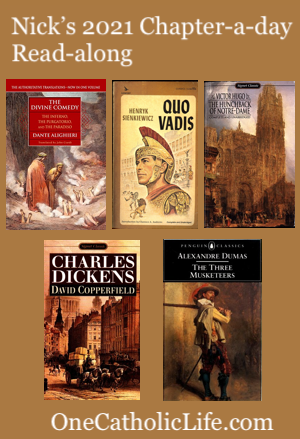
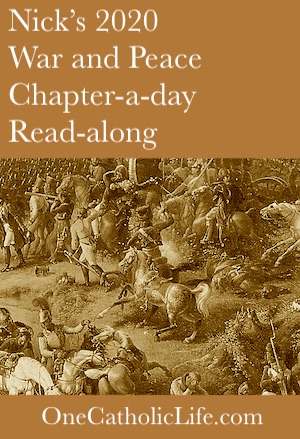
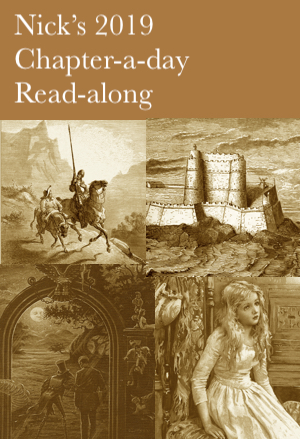
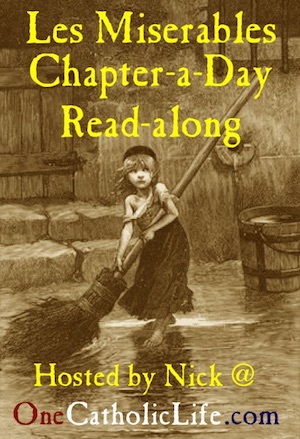
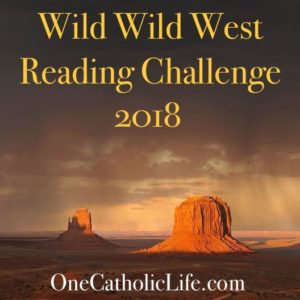


I’m so delighted to have you reading along with us Nick, I’ve learnt so much already. I knew that it was possible to go deeper into the whole Tolkien world and perspective. I also knew that there was a whole lot of stuff out there but had no idea where to start.
I’ve only had time to read the wiki link you posted so far, but I love the ‘happy ending’ and ‘joy’ references – Tolkien asserts that a truly good and representative fairy story is marked by joy: “Far more powerful and poignant is the effect [of joy] in a serious tale of Faerie. In such stories, when the sudden turn comes, we get a piercing glimpse of joy, and heart’s desire, that for a moment passes outside the frame, rends indeed the very web of story, and lets a gleam come through.”
It’s that ‘piercing glimpse of joy and heart’s desire’ that makes me return to HLOTR over and over again.
Thank you for your insights.
Thanks for the comment, Brona. I’m so glad you’re finding the information interesting. It’s been a great exercise for me to write things out–it helps me clarify my own thoughts and understandings about The Hobbit. I love that phrase you mentioned, “a piercing glimpse of joy, and heart’s desire.” Thanks for sharing it.
Nice introductory post. I’ll be “joining” you this weekend. It will be my second time reading it. I will look forward to more of your thoughts. Wow, 10 or 11 times…!
Thanks for the tip about On Fairy Stories – it’s a fascinating essay – http://bronasbooks.blogspot.com.au/2017/02/on-fairy-stories-by-j-r-r-tolkien.html?m=1